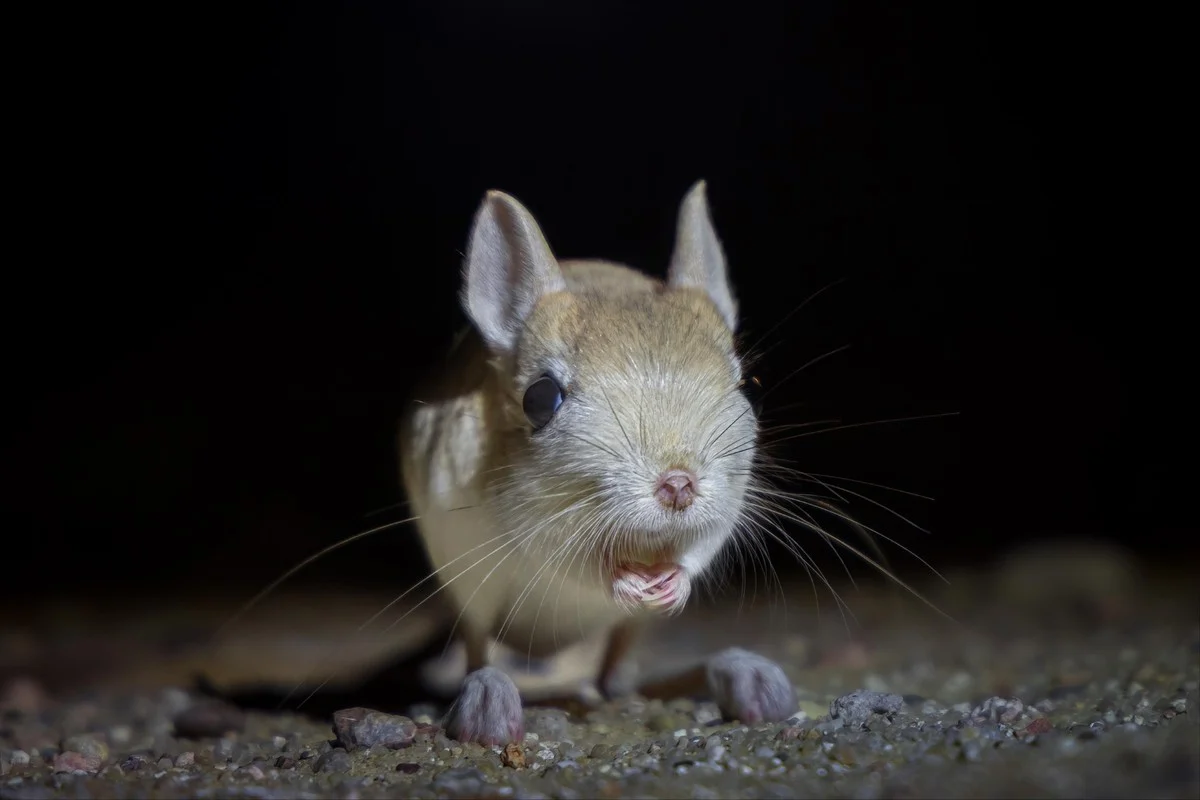15/02/2025
15/02/2025

KUWAIT CITY, Feb 15: Several types of rodents from the jerboa family inhabit the desert regions of Kuwait, particularly in areas such as Al-Shaqaya, Jal Al-Zour, Al-Salmi, the Sabah Al-Ahmad Nature Reserve, parts of Al-Ahmadi, and the southern regions. Among these, the most notable is the "jumping jerboa" (Jaculus), according to Dr. Abdullah Al-Zaidan, the Deputy Director General for Technical Affairs at the Environment Public Authority (EPA). Dr. Al-Zaidan shared this information with KUNA on Saturday, emphasizing that the jumping jerboa is abundant in the country.
The jumping jerboa is also found in other regions, including Central Asia, North Africa, and the Arabian Peninsula, as well as in desert and semi-desert areas that are either sandy or rocky. Dr. Al-Zaidan further explained that the size of the jumping jerboa ranges from approximately 10 to 25 centimeters, and it is a nocturnal creature, becoming active only at night when the desert temperature is cooler.
A solitary animal, the jumping jerboa digs burrows in the sand in a counterclockwise spiral, reaching depths of one to two meters. It also digs side tunnels that lead to the surface, enabling it to escape if necessary. To protect itself from predators and maintain a cool, humid environment inside the burrow, the jerboa blocks the entrances with sand or plants. During the peak heat of summer, the jerboa remains inside its burrow, staying inactive.
Dr. Al-Zaidan noted that the jerboa is capable of traveling long distances of up to 10 kilometers in search of food. It can cover these distances swiftly due to its large hind feet, which are proportionally much larger than the rest of its body, enabling it to move similarly to a kangaroo. Additionally, its long tail, which is typically tipped with hair, helps it maintain balance. The jerboa’s sand-colored fur provides it with camouflage, offering it a natural defense in its desert environment.
The jumping jerboa feeds primarily on fresh green leaves and plants that emerge after rainfall in the desert. However, due to the scarcity of plants in the arid desert, it also digs into the ground to reach plant roots. Its diet consists of roots, grass, seeds, grains, and some insects, which also supply the moisture the jerboa needs to survive. Desert carnivores, such as the Arabian desert fox, the Pharaoh eagle owl, and certain snakes, prey on the jerboa.
Although many jerboa species are classified as endangered or threatened by the International Union for Conservation of Nature, the Jaculus jerboa is considered of least concern in this regard. In some countries, these jerboas are even sold as food for falconers.
Dr. Al-Zaidan highlighted the EPA's efforts to protect unique ecosystems, preserve desert wildlife, and combat habitat destruction. The authority is also focused on rehabilitating these environments and raising awareness about the importance of biodiversity in Kuwait, ensuring its preservation for future generations.


